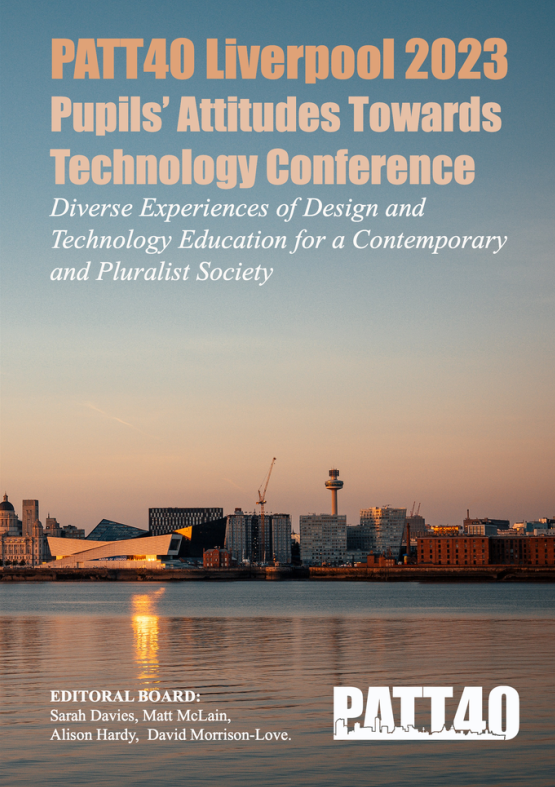“If D&T wasn’t so easy, I wouldn’t be so good at it”: Nonverbal Ability and Confidence
Keywords:
Design and Technology Education, Self-efficacy in Design and Technology Education, Self-concept in Design and Technology Education, Nonverbal Intelligence, Nonverbal ability discriminationAbstract
At the heart of this paper is a belief that the English education system enacts systemic discrimination against nonverbally intelligent students by teaching and assessing non-academic subjects via academic means. This paper presents action research that focuses on students with a nonverbal bias, attempting to boost their self-efficacy (Bandura et al., 1999), self-concept (Bong & Clark, 1999), and discusses how these may be hurt by current D&T assessments. The study examines the comparative perception of intelligence levels needed to succeed in school subjects, alongside the types of intelligences assessed within English educational policy.
To boost intelligences specific to design, this research took a two-pronged approach; verbally promoting high-attaining students and presenting their outstanding book work in the spirit of Gardner’s Multiple Intelligence theory (Gardner, 2006), and testing for “eductive” problem-solving intelligences (Raven et al., 1994) at the beginning of each class in a 6-week Scheme of Work with Raven’s Progressive Matrices (RPM), logged publicly on a leaderboard in the classroom. The results reveal a positive shift in whole-class perceptions of intelligence needed for D&T, and increased confidence levels among students on the leaderboards, alongside decreased confidence levels of those not on the leaderboards. The study acknowledges limitations in the methodology, particularly an overemphasis on RPM, which subjugated other aspects of intelligence in design, and my own inadvertent acculturation into the quantitative testing culture.
The conclusion acknowledges failures in the research, yet emphasises the need for a cultural shift in English state schools to recognise and respect the non-academic intelligences required to succeed in creative fields like D&T. It highlights the inadvertent discrimination against nonverbally intelligent students due to the dominance of academic culture and advocates for a more tailored approach to D&T assessment which better reflects abilities used in real-world design industries.
Additional Files
Published
How to Cite
Issue
Section
License
Copyright (c) 2023 Alexander Augustus Greenhalgh

This work is licensed under a Creative Commons Attribution 4.0 International License.
This journal provides immediate open access to its content with no submission or publications fees. Authors retain copyright and grant the journal right of first publication with the work simultaneously licensed under a LicenceCreative Commons Attribution License that allows others to read, download, copy, distribute, print, search, or link to the full text of works in this journal. It also allows others to remix, adapt and build upon the work, as long as credit is given to the author(s).


